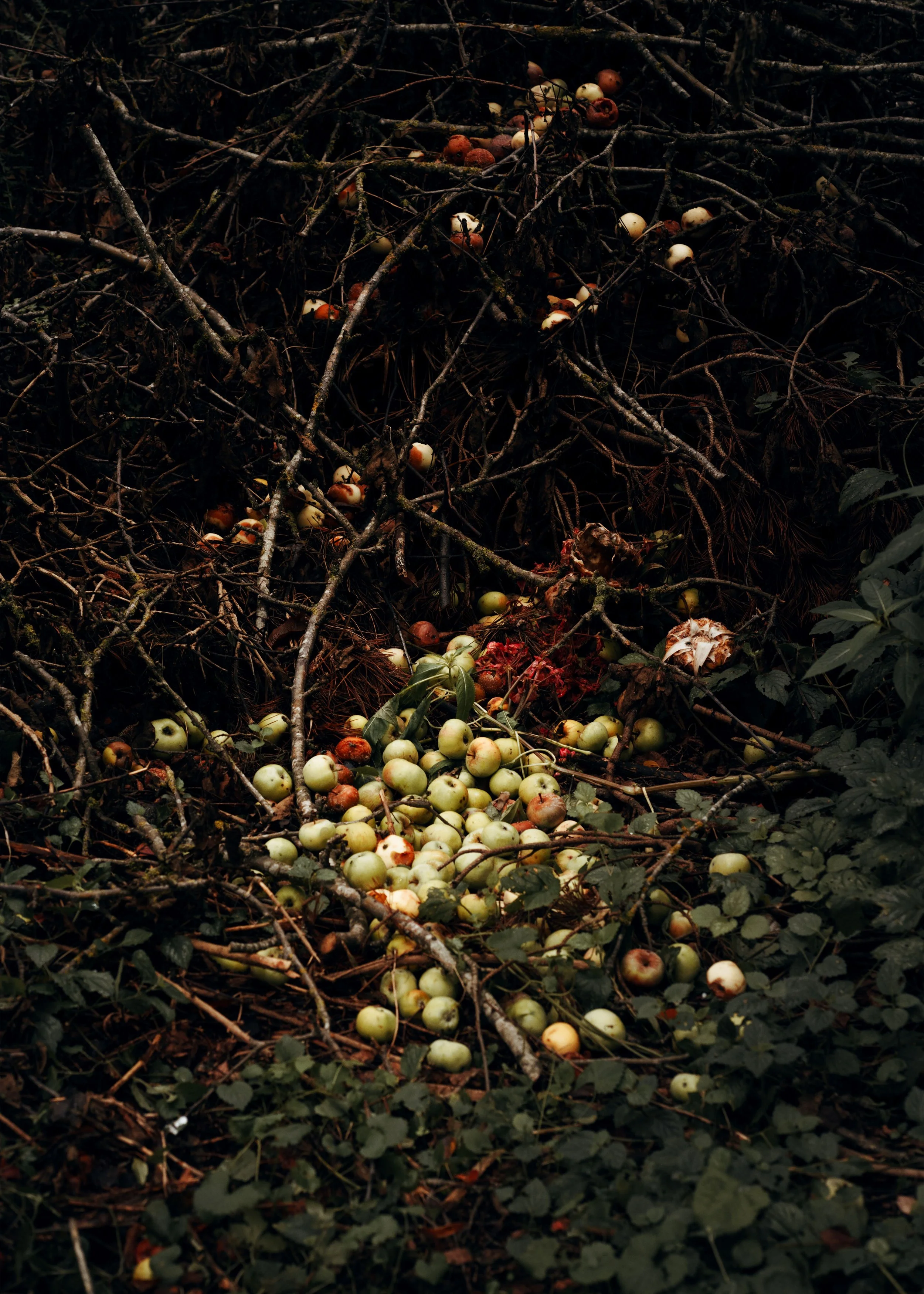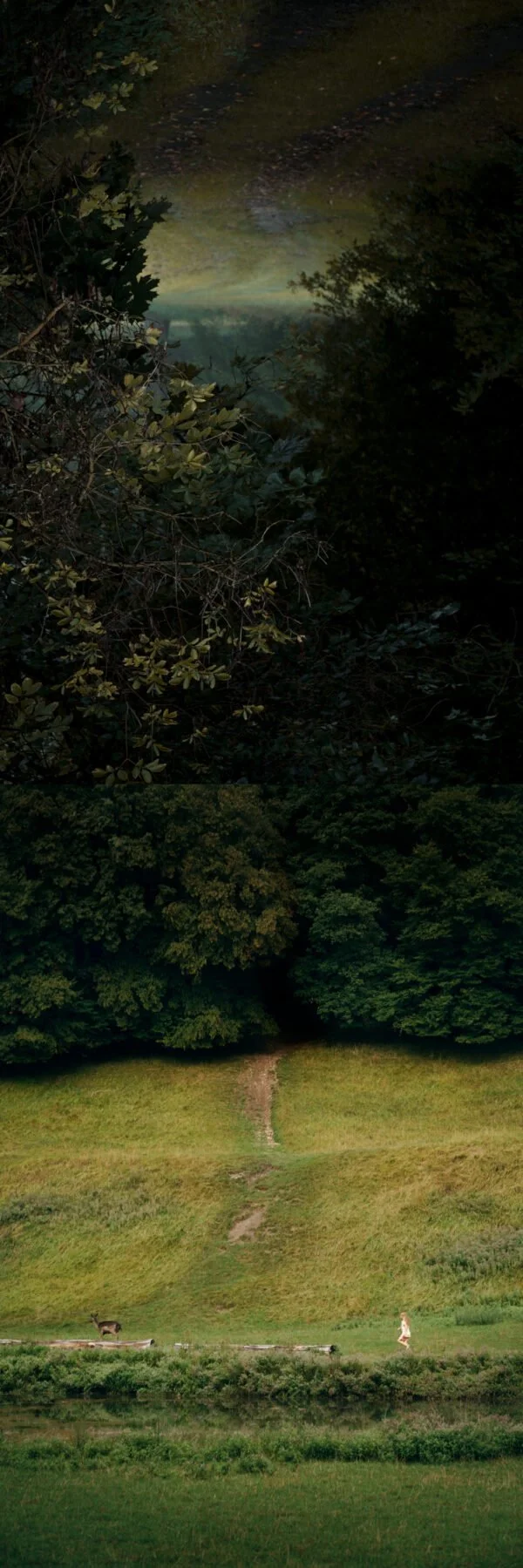
Nadja Ellinger
Rooted in myth and forest, Nadja Ellinger is a visual storyteller who reimagines the fairy tale as a living, collaborative narrative—where personal identity and collective memory intertwine through play, image, and poetic reinvention.
Ellinger was born in 1993 in a medieval village in the middle of Germany. Spending most time in the forest and reading books she fell in love with fairy tales, folklore, and storytelling. Fairy tales have centuries-old history and can be found across all cultures.
Even though today often only a single version of a fairy-tale type is popular, there are actually usually hundreds of variations. Through the process of storytelling and re-telling, these tales continue to develop, consolidate and absorb cultural and political developments.
“A Bouquet of Flowers” is from her series Path of Pins, a visual re-telling of Little Red Riding Hood, revolving around adolescence and the ever-changing representation of female characters in folklore. In one of the earliest spoken versions of the fairy tale, which later inspired Charles Perrault to write his ‘Petit Chaperon Rouge’, the wolf asks the unnamed heroine: “Which path will you take?”, to which she responds by choosing the path of pins, the careless and fleeting one – as opposed to the path of needles, the irreversible way of the wolf.
SELECTED EXHIBITIONS:
Path of Pins, Palazzo Rasponi 2, Ravenna, Italy 2021 | The gaze, Glogauair, Berlin, Germany 2021 | OpenWalls Arles. Galerie Huit, Arles, France 2021 | Ashurst Emerging Artist Prize 2021. Shortlist Exhibition, Ashurst, London, UK 2021 | Uncensored exhibition. Copenhagen Fotofestival, Copenhagen, Denmark 2021 | The Dreamer exhibition, Millpiani, Rome, Italy 2021 | Previews, Blech. Raum für Kunst Halle e.V.Halle, Saale, Germany 2020
EDUCATION:
MA Photography, Royal College of Art in London 2020 | BA Photography, University of Applied Science Munich
Nadja Ellinger lives and works in Nürnberg, Germany.
“I place my figures in this in-between space and let them play and explore. The viewfinder of my camera becomes a stage, and the borders between reality and fantasy become blurred. What was inside turns outside, and an idea is embodied and born into the world. Then the camera devours it, captures the outside world and places it inside its own body, the camera body. And this process repeats when I place the images into the outside world. They become part of the physical realm. But then the gaze of the viewer captures them again, they are projected first onto the retina, and into the mind. It’s a circle of being inside and outside, connecting both worlds - the physical as well as the psychological. Like the fairy tale its telling and retelling, acting and reenacting. The path into the wood looks like a tour through the forest but is a journey to the inside.”
Interview:



